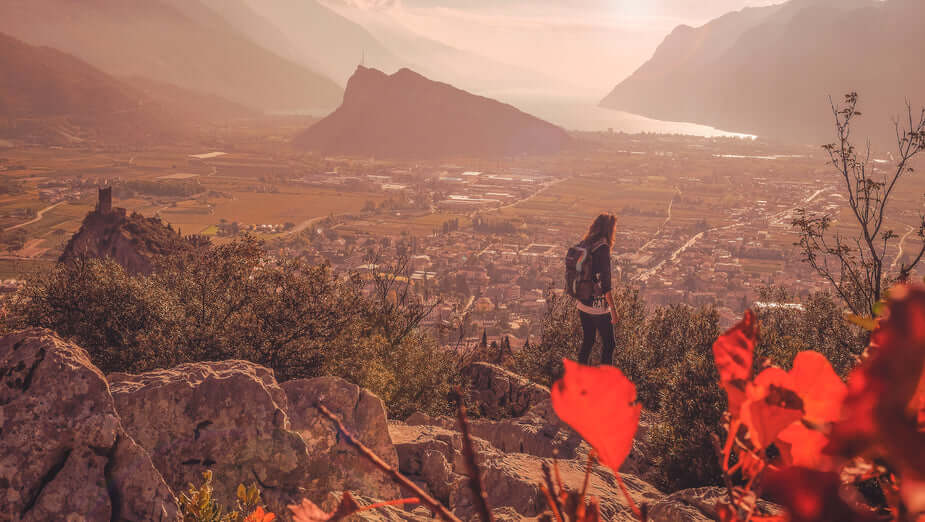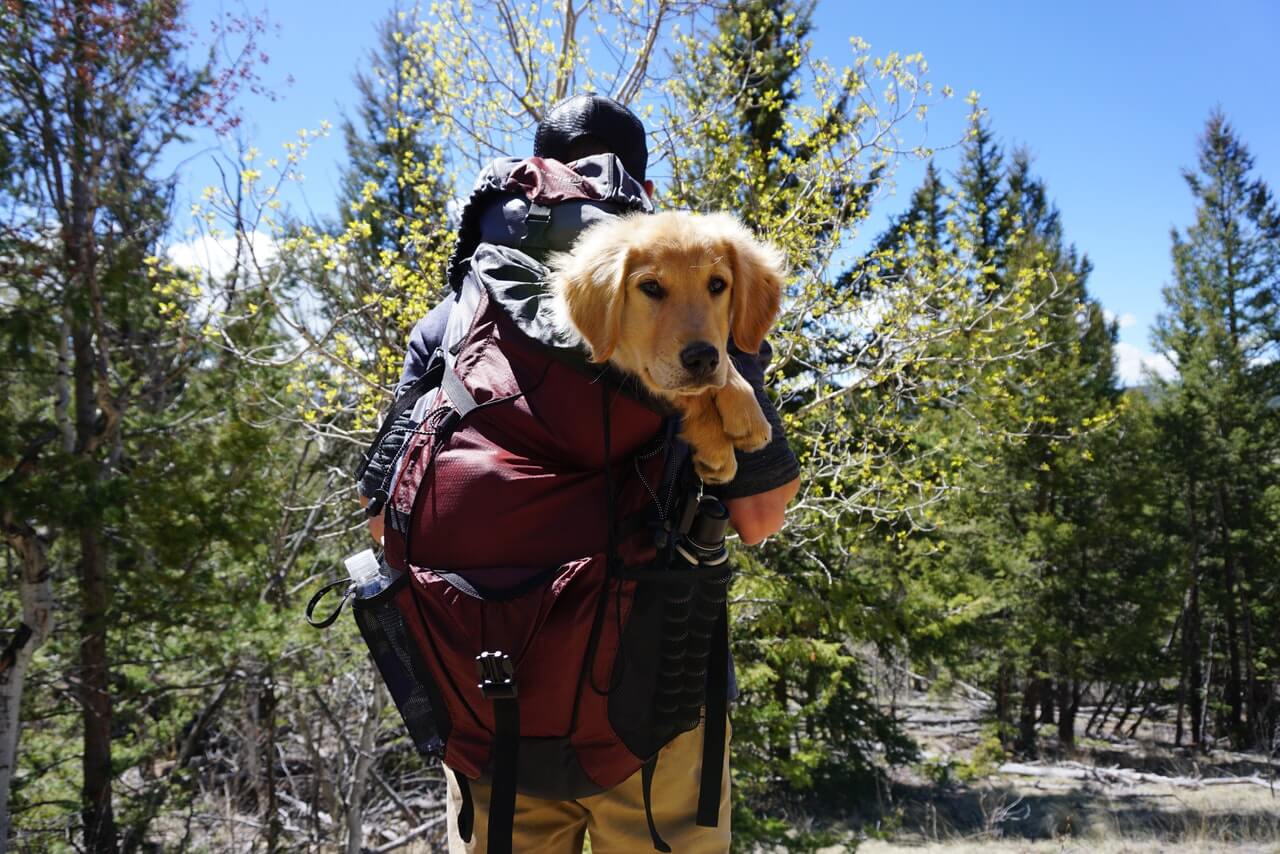If you are all cold and wet, but do not have an available stove, and no shelter or tent or the like, a campfire, can help you solve the problem of cold, fire in the field to remember to fire, to avoid fire, resulting in the loss of people and forest trees.
1. Only collect some fallen branches and other materials, preferably from far away from the camp. Otherwise, after a period of time, the area around the camp will be in a very unnatural and bare state. Never cut down living trees or break off branches from growing trees, and don't even pick branches from dead trees, because there will be many wild animals using these places.2. Do not use a fire that is too high and too thick. A large amount of firewood rarely burns completely, and generally leaves black charcoal and other campfire remains, thus affecting the biological recirculation.
3. In places where fires are allowed, you should use existing fire pits. Only in an emergency, you can build a new one yourself, and if conditions permit, it should be restored to its original state after use. If the fire pit was already there, then you should also clean it up when you leave.
4. Near the fire pit, you should remove all materials that may burn.
Ideally, the place you use for your fire should be non-combustible, such as dirt, rocks, sand, and other materials, (which can often be found along the river). The constant heat will make the otherwise healthy soil very poor, so you should take care to choose your fire location.

6. Only those garbage that can be completely burned by fire and can be burnt to ash should be used for burning. Do not try to burn the plastic, cans or aluminum foil and other materials. If you do need to burn some of the garbage can not be completely burned, then you need to finally pick out all the things left to take away, or throw to the nearby garbage collection point.
7. Never leave a fire unattended.
8. If you need to dry your clothes, you can tie a rope to the tree next to the fire and hang your clothes on the rope.
9. When putting out a fire you need to pour water on it first, then step on all the sparks and continue to pour more water on it afterwards. Try to do this a few more times to completely get rid of the fire. When you leave the fire point, the ash left behind should be able to touch the level of only. Be sure that all the embers and sparks have been extinguished and cooled before you leave.
Wildfires are especially dangerous, especially when cooking or heating a fire in the forest. Before you start a fire, get the firefighting tools ready just in case.


